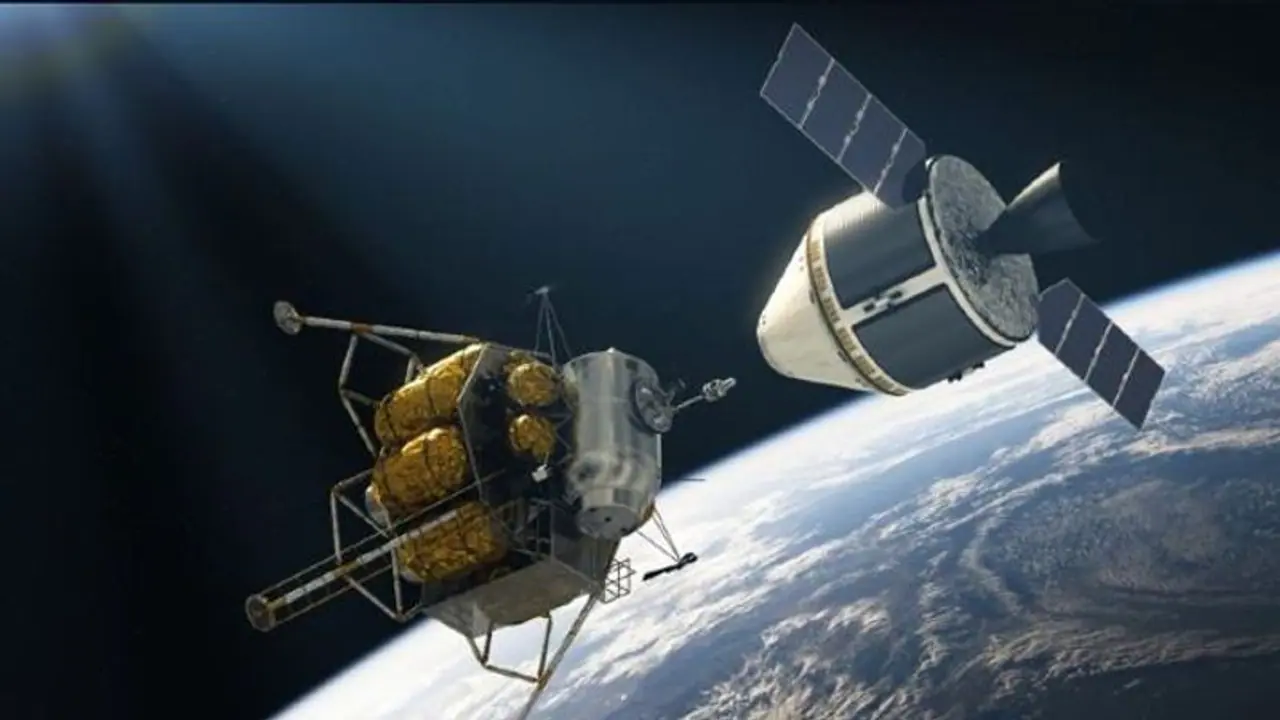ISRO and NASA's Jet Propulsion Laboratory (JPL) calculations revealed that the radial spacing between the two spacecraft would be less than 100 metres.
For the first time in its space research mission, the Indian Space Research Organisation used an evasive manoeuvre to prevent a collision between the Chandrayaan-2 Orbiter and the US' Lunar Reconnaissance Orbiter (LRO). The Chandrayaan-2 Orbiter and the National Aeronautics and Space Administration's LRA were expected to collide on October 20, 2021, near the Lunar North Pole. ISRO and NASA's Jet Propulsion Laboratory (JPL) calculations revealed that the radial spacing between the two spacecraft would be less than 100 metres.

ISRO and NASA decided that the situation demanded a collision-avoidance manoeuvre. The Chandrayaan-2 Orbiter has shifted away on October 18, 2021, providing a suitably high radial separation at the next closest conjunction between the two spacecraft. According to ISRO, after determining the orbit of the Chandrayaan-2 Orbiter using post-manoeuvre monitoring data, it was determined that there would be no other close encounters with LRO in the foreseeable future with the attained orbit.
Also Read | Russia's anti-satellite missile test debris endangering ISS, posing long-term threat to space activity: NASA
Both orbiters travel in almost polar orbits around the moon, placing them close to each other over the lunar poles. For the past two years, the Indian Orbiter has been orbiting the moon. It is typical for satellites in earth orbit to perform collision avoidance manoeuvres to reduce the chance of colliding with space objects such as space debris and operational spacecraft.
According to Roscosmos, Russia's national space agency, India's 700 kg Cartosat-2F mapping satellite and Russia's 450 kg Kanopus-V satellite had a close call in orbit in 2020. Both satellites were within 224 metres of one other. Kanopus is a Russian Space Agency mini-satellite project for Earth observation with a launch mass of 450 kg.
Meanwhile, Russia conducted an anti-satellite missile test, resulting in a debris field in low-Earth orbit, jeopardising the International Space Station and presenting a long-term threat to space operations. According to NASA, the seven-member space station crew - four American astronauts, one German astronaut, and two Russian cosmonauts - were instructed to remain in their docked spacecraft capsules for two hours following the test as a precaution to allow for a quick evacuation if required.
